Journal list menu
Export Citations
Download PDFs
Cover Picture
Cover Picture
- Page: 1553
- First Published: 15 June 2024
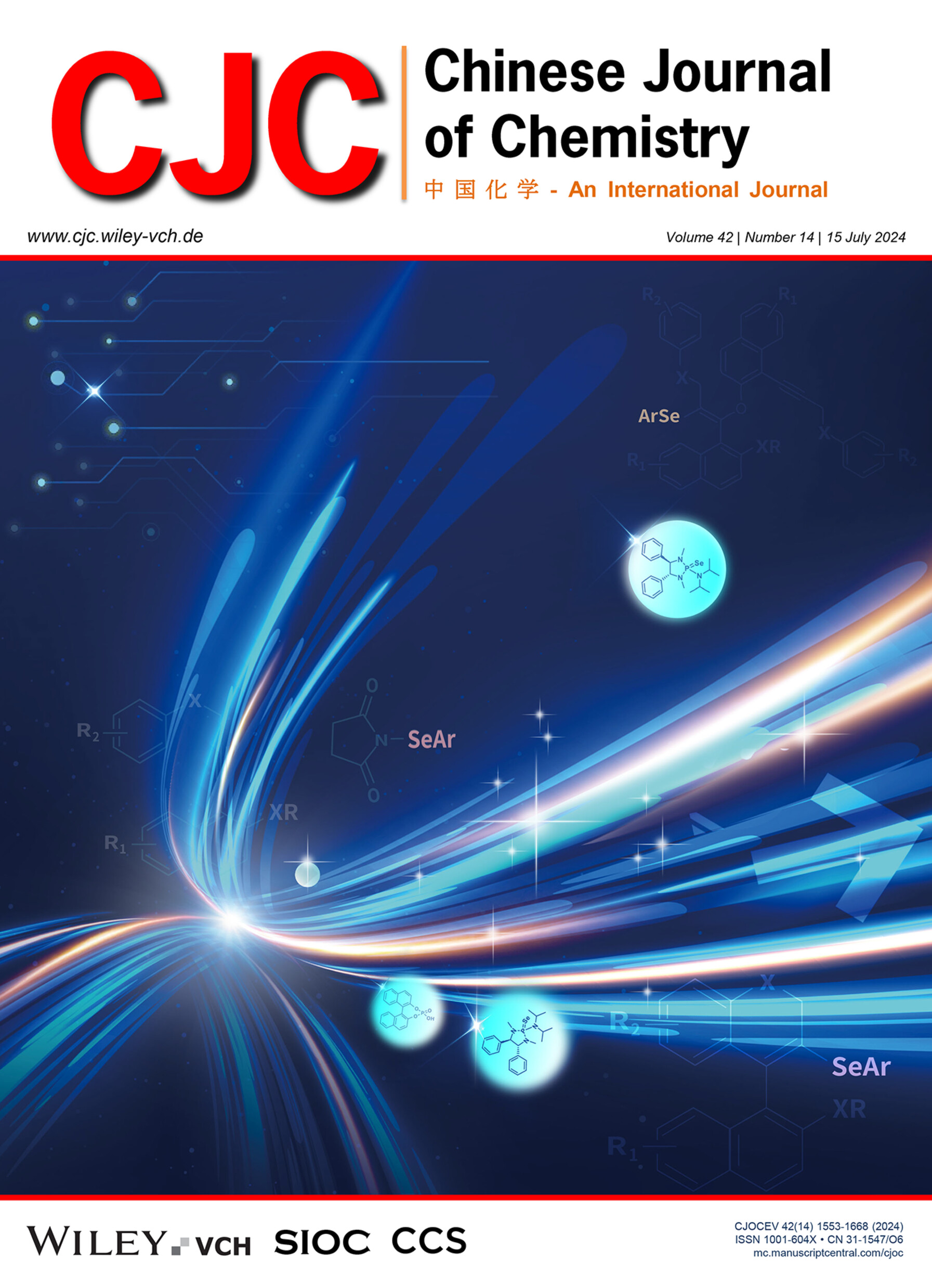
Organoselenium compounds are highly versatile and have been extensively used in pharmaceutical industry, synthetic intermediates and catalysts. Accordingly, the development of efficient and straightforward strategies for constructing these compounds is highly desirable. Lewis base catalyzed and Brønsted acid controlled chemodivergent electrophilic selenofunctionalizations of alkynes were developed for the first time. More details are discussed in the article by Chen et al. on page 1623—1629.
Inside Cover Picture
Inside Cover Picture
- Page: 1554
- First Published: 15 June 2024

A synergistic stereoselective α-glycosylation with GlcN3 donors has been developed, which has been successfully applied to collective syntheses of Acinetobacter baumannii capsular polysaccharides K43, K47 and K88 repeating units. More details are discussed in the article by Xiao et al. on page 1593—1598.
Contents
Comprehensive Reports
NIR-II Organic Photothermal Cocrystals with Strong Charge Transfer Interaction for Flexible Wearable Heaters
- Pages: 1563-1570
- First Published: 10 March 2024
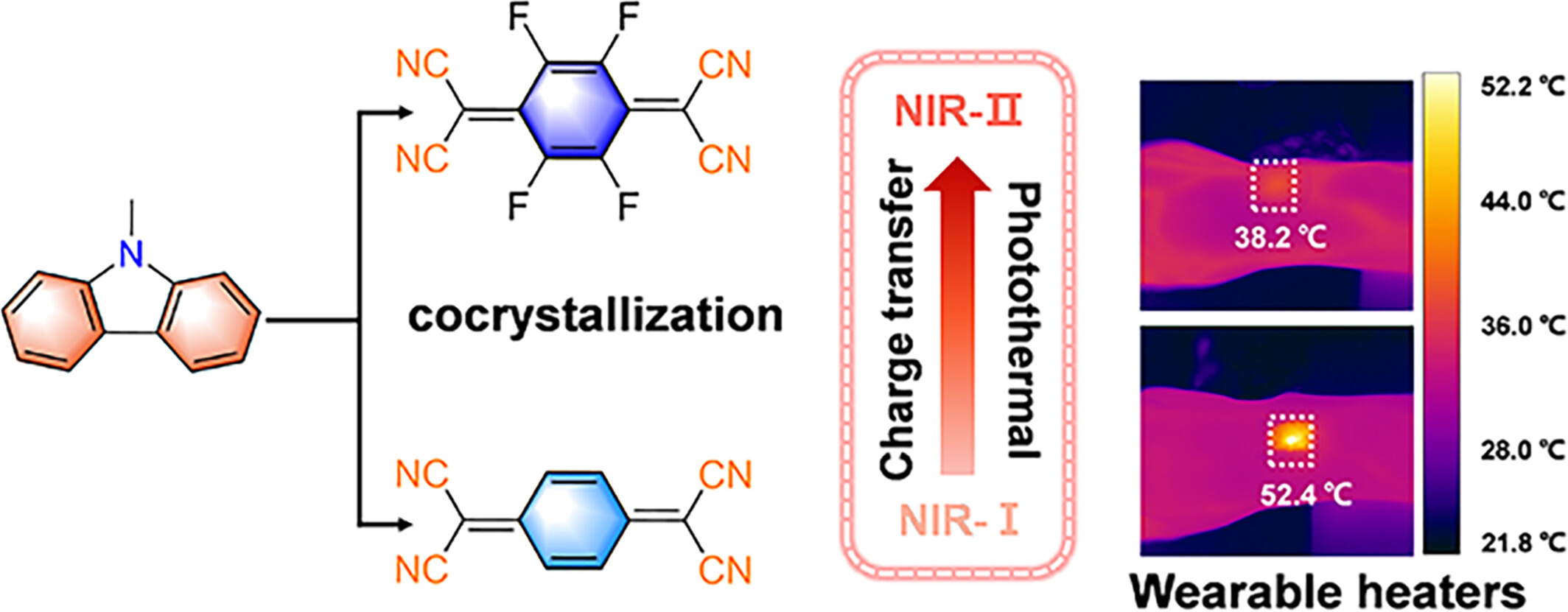
In this paper, two novel organic photothermal cocrystals (MTC and MFC) were rapidly prepared by coprecipitation method. Compared with MTC, the introduction of highly electronegative fluorine in MFC results in a stronger charge transfer interaction and a tighter crystal packing structure between MeCz and F4TCNQ. Consequently, the absorption range of MFC is extended to the NIR-II region and has a high photothermal conversion efficiency of 54.6%. At the same time, we chose MFC and flexible substrate HPDMS to combine and prepare a flexible wearable heater, which exhibited potential application value in the field of light-driven local thermotherapy.
Cycloaddition Reactions of Epoxides and CO2 Catalyzed by Bifunctional Rare-Earth Metal Complexes Bearing Amino-Bridged Tris(phenolato) Ligands
- Pages: 1571-1581
- First Published: 15 March 2024
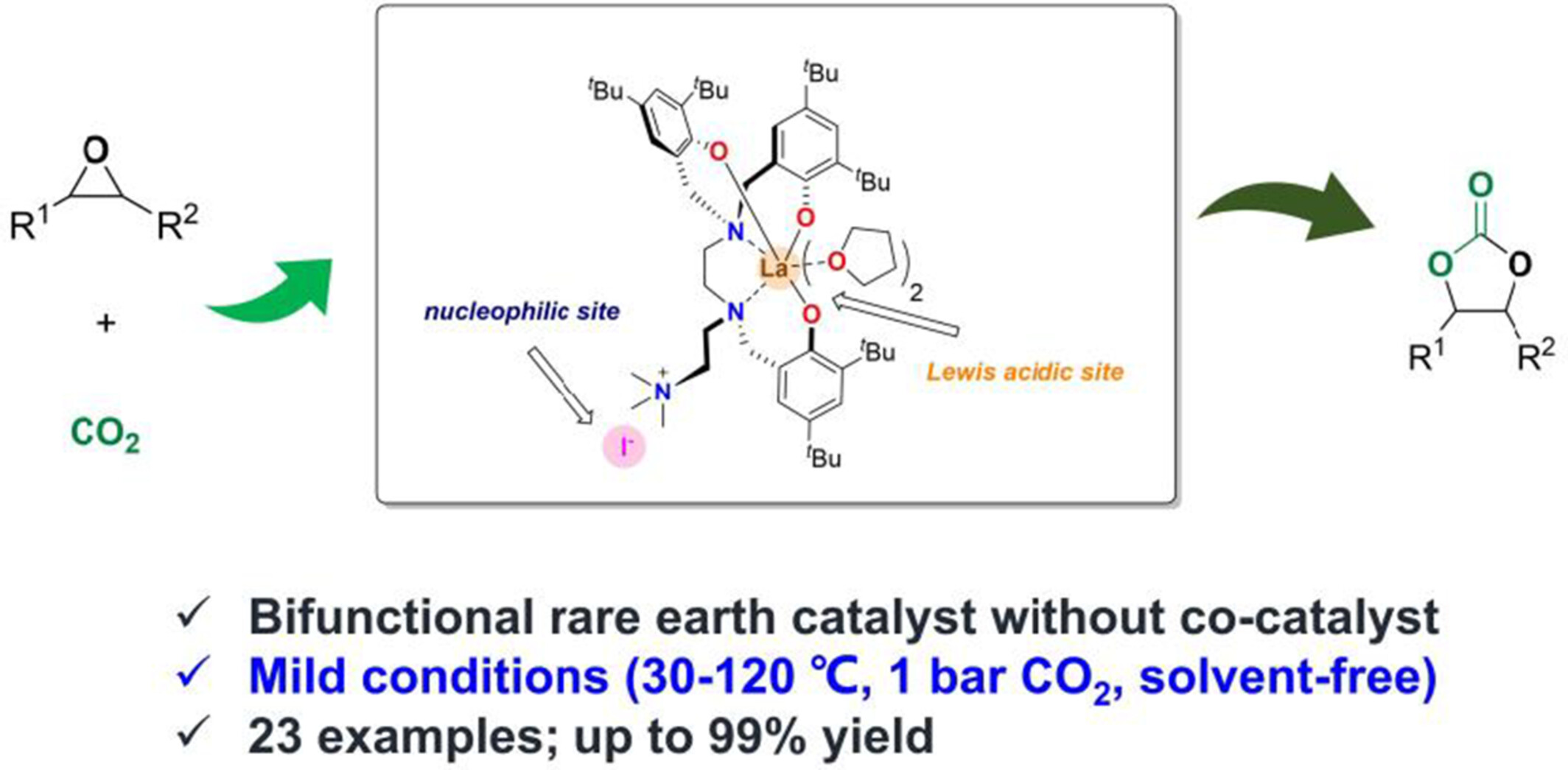
Bifunctional rare earth complexes have been developed for the cycloaddition reactions of epoxides and CO2, under atmospheric pressure, without co-catalyst to produce value-added cyclic carbonates. Comparative and kinetic experiments confirm the existence of intramolecular synergies between the central metal and the nucleophilic reagent within the catalytic molecule.
Multi-site Passivation of ZnO Metal Oxides via Biomolecules for Efficient and Highly Stable Organic Solar Cells
- Pages: 1582-1592
- First Published: 08 April 2024
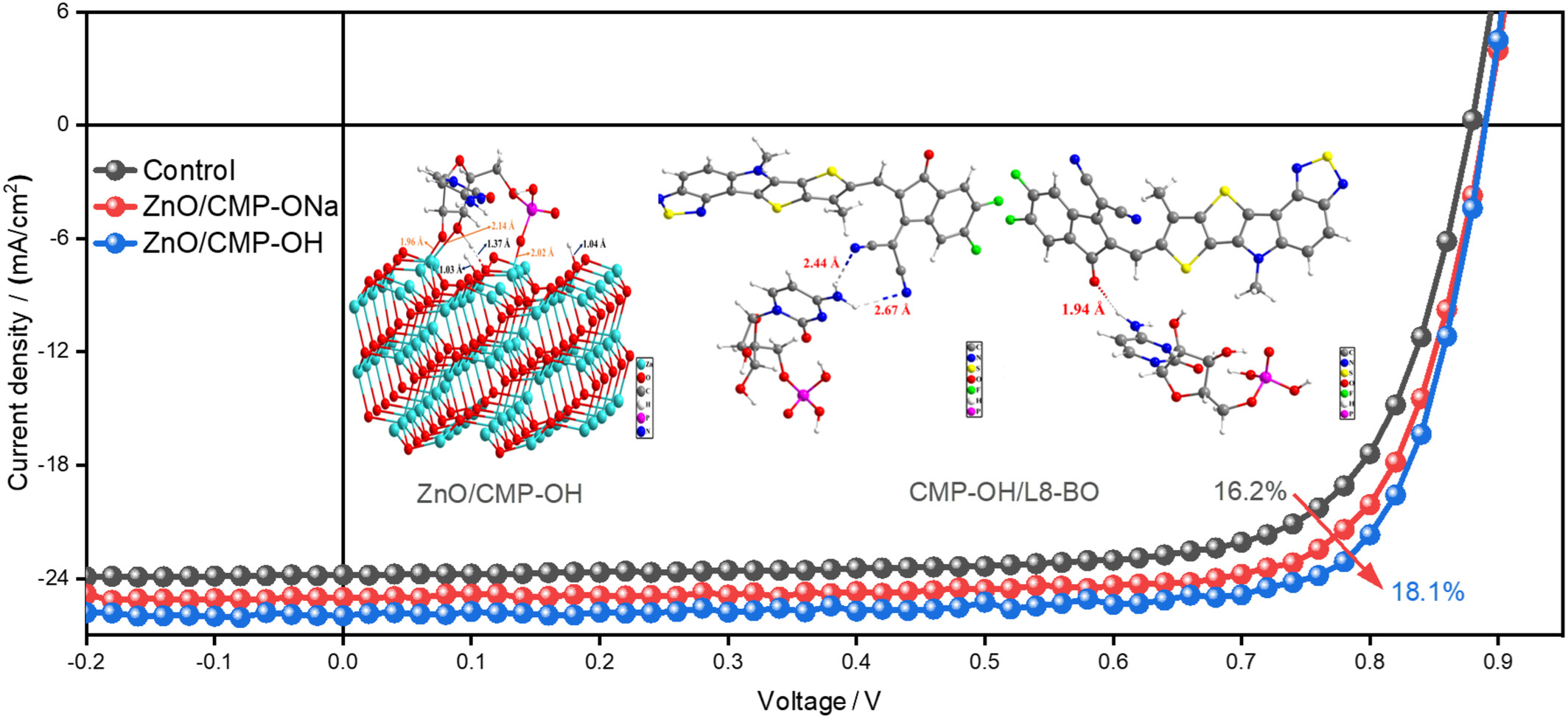
This study unfolds through a systematic investigation conducted in sequential steps given below. Initially, the properties of the biomolecules were scrutinized, followed by an examination of the interactions between biomolecules and ZnO NPs. Subsequently, the bonding interactions between acceptor molecules and terminal functional groups were observed. Moving forward, vertical phase separation was investigated by analyzing the connection between modified ZnO NPs and the active layer. Finally, the photovoltaic performance and stability under various stress conditions were thoroughly examined.
Concise Reports
Stereoselective α-Glycosylation with GlcN3 Donors Enabled Collective Syntheses of Acinetobacter baumannii Capsular Polysaccharides K43, K47 and K88 Repeating Units
- Pages: 1593-1598
- First Published: 13 March 2024

A synergistic α-glycosylation method with GlcN3 as donors has been developed, which enjoys mild reaction conditions, good to high yields, and high stereoselectivities. Furthermore, collective syntheses of A. baumannii CPS K43, K47 and K88 repeating units 1—3 have been achieved for the first time via applications of this α-glycosylation method.
Photocatalytic Site-Selective Cascade Radical Addition of Biaryl Ynones for the Construction of Spiro- and Fused Carbon Rings
- Pages: 1599-1605
- First Published: 13 March 2024

It is worth noting that this is the first example of alkoxycarbonyl radical addition to ynones, providing a series of novel functional derivatives. An IrIII-catalyzed cascade radical addition reaction of biaryl ynones to access two classes of carbon rings has been developed. Key to the desired transformations is the regioselective radical addition to different substituted alkyne.
Synthesis of Self-assembled Star/Linear Block Copolymer Blends via Aqueous RAFT Dispersion Polymerization
- Pages: 1606-1614
- First Published: 13 March 2024

Reversible addition-fragmentation chain transfer (RAFT)-mediated polymerization-induced self-assembly (PISA) mediated by a binary mixture of a star-like macro-RAFT agent and a linear macro-RAFT agent is developed, allowing for the synthesis of a diverse set of self-assembled star/linear block copolymer blends.
Chemical Synthesis of a Key Precursor Relevant to the Tetrasaccharide Repeating Unit from Treponema medium ATCC 700293
- Pages: 1615-1622
- First Published: 15 March 2024

Herein, we report on the chemical synthesis of a tetrasaccharide precursor of the Treponema medium ATCC 700293. When the [2+2] glycosylation strategy could not be carried out due to the mismatch of donor-acceptor reactivities, we successfully completed the synthesis of the target tetrasaccharide precursor using a [3+1] glycosylation strategy.
Lewis Base Catalyzed Selenofunctionalization of Alkynes with Acid-Controlled Divergent Chemoselectivity
- Pages: 1623-1629
- First Published: 15 March 2024
Random Terpolymer of Carbon Dioxide, Butadiene and Epoxides: Synthesis, Functionalization and Degradability
- Pages: 1630-1636
- First Published: 15 March 2024

The terpolymer of CO2, 1,3-butadiene and epoxides is synthesized by cationic ring-opening copolymerization of α-ethylidene-δ-vinyl-δ-valerolactone (EVL), an intermediate derived from CO2 and 1,3-butadiene, with epoxides. The resulted poly(ester-ether) with moderate molecular weight bears all the C=C double bonds derived from 1,3-butadiene, enabling post-polymerization modification and functionalization. Photoinitiated crosslinking through these preserved C=C double bonds produces network with fluorescence and degradation properties.
Annulation Cascades of Cyclosulfonium Salts and Alkenes towards Sulfur-Containing N-Heterocycles by Visible Light/Copper Catalysis
- Pages: 1637-1643
- First Published: 03 April 2024
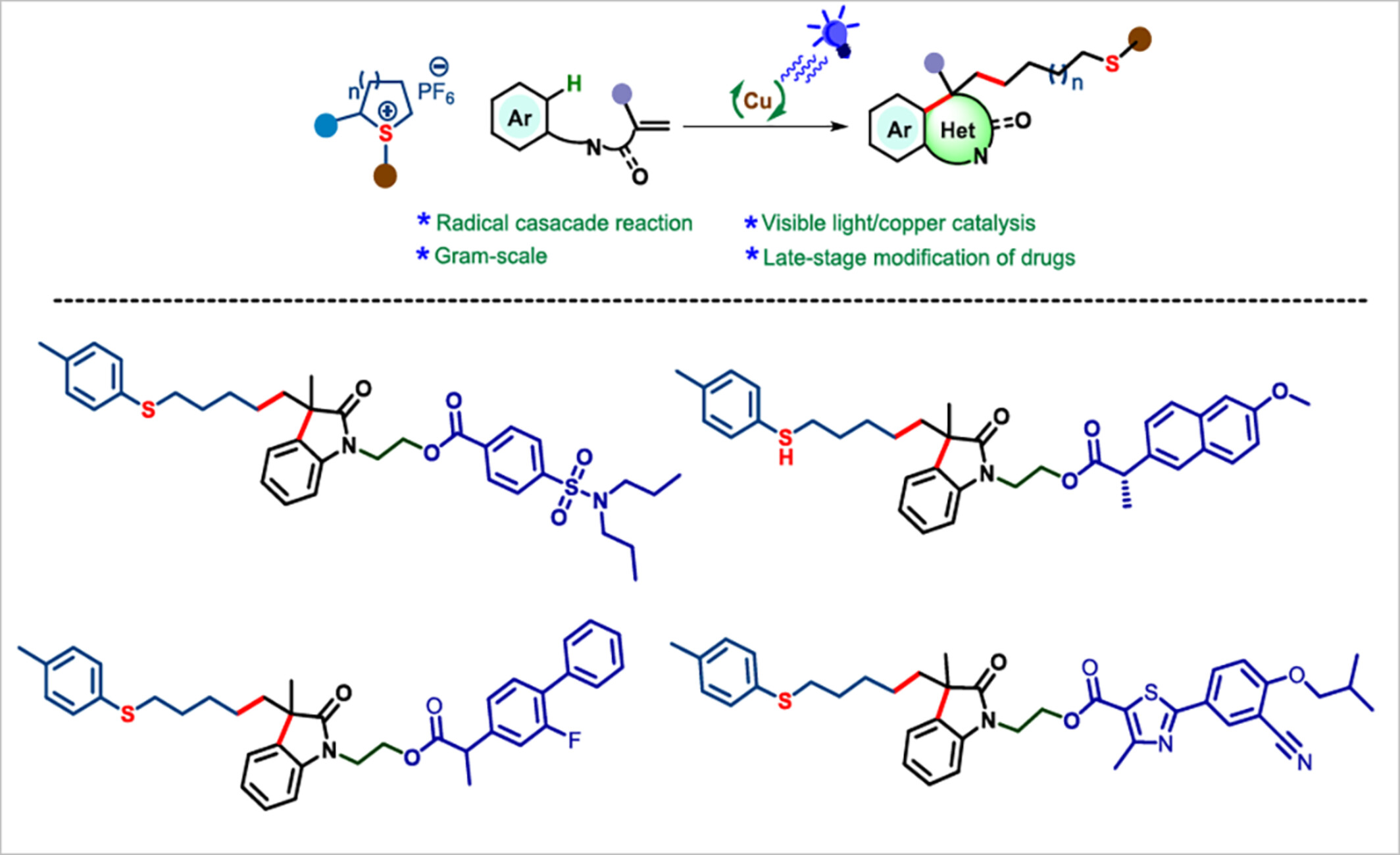
Herein, we report an efficient annulation cascade reaction between cyclosulfonium salts and alkenes for the synthesis of sulfur-containing N-heterocycles by visible light/copper catalysis under mild conditions. Moreover, the tolerance of various functional groups and scaled-up experiments showed the practicability and potential applications of this methodology.
Vanadyl Sulfate Based Hole-Transporting Layer Enables Efficient Organic Solar Cells
- Pages: 1644-1650
- First Published: 22 March 2024

The earth abundant and easily accessible vanadyl sulfate (VOSO4) has been demonstrated to be excellent hole transport layer (HTL) for efficient and stable organic solar cells (OSCs). A high power conversion efficiency (PCE) of 18.72% and much improved durability can be simultaneously achieved for PM8:L8-BO based OSCs with the VOSO4-based HTL.
Dynamically Securing the Data by 1O2 Sensitization of Fluorescent Composites with a High Latency and Uncrackable Features
- Pages: 1651-1658
- First Published: 22 March 2024
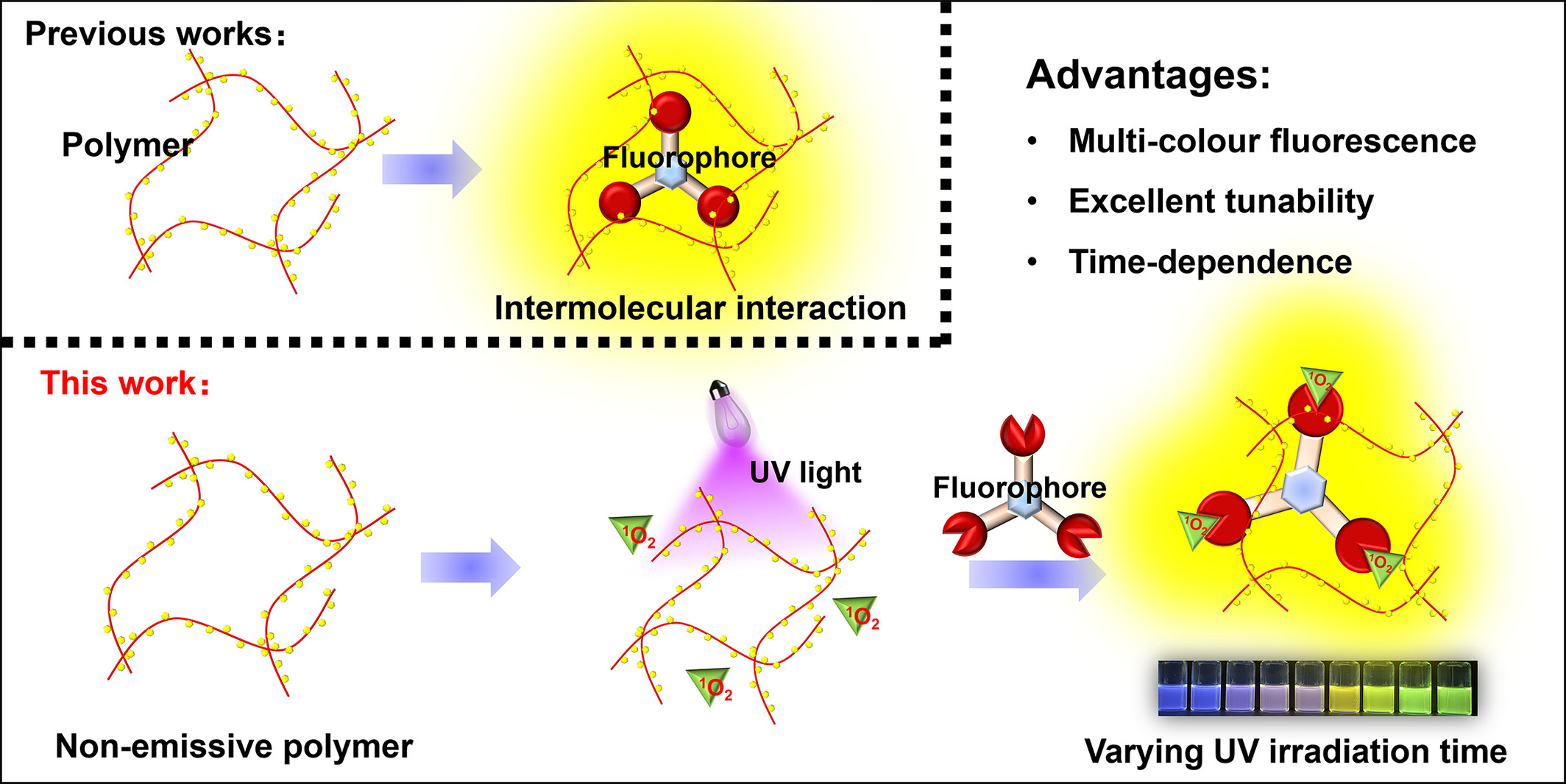
This work proposes a photochemical modulation-based dynamic fluorescence encryption system, using fluorescent composite materials comprised of a 1O2-sensitive fluorophore (F2) and non-emissive polymers. Varied durations of UV irradiation applied to non-emissive polymers yield varying concentrations of 1O2 which effciently reacts with F2, thereby enabling distinct fluorescence colors in a time-gated manner.
Emerging Topic
Comparison of Measurements for Enhanced Diffusion Problem in Chemical Reaction Systems
- Pages: 1659-1664
- First Published: 19 March 2024
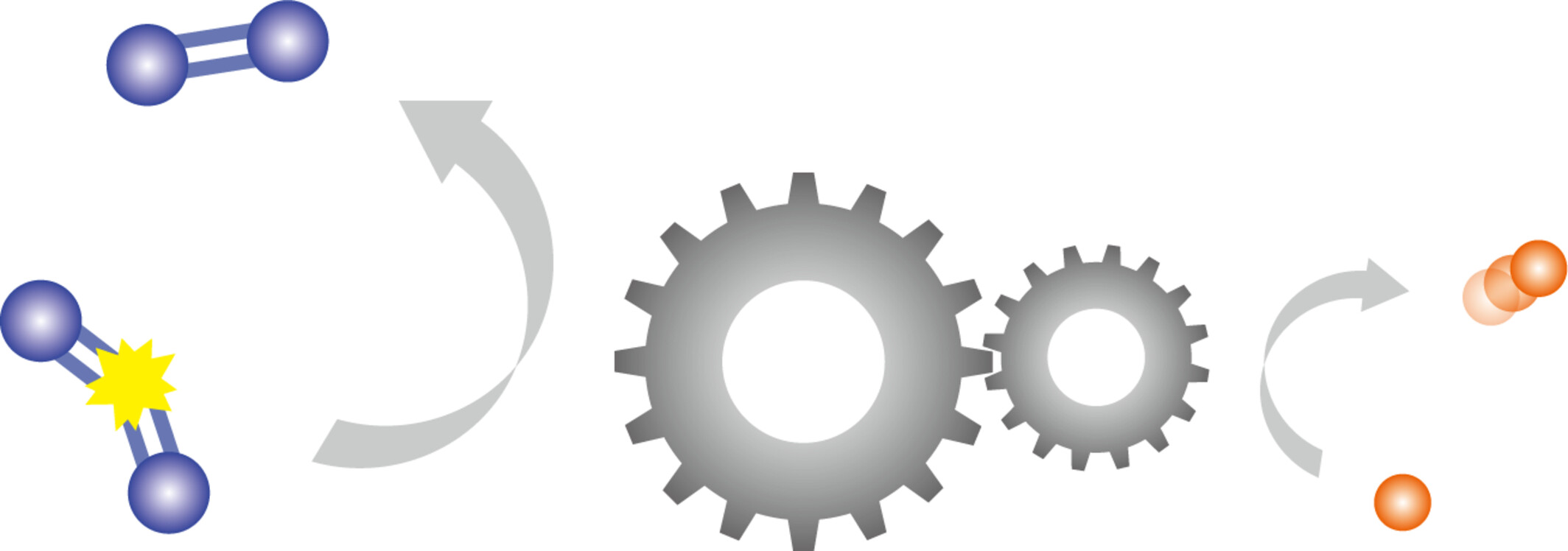
The issue of molecular diffusion in chemical reactions is of growing interest across multiple fields. Forming or breaking chemical bonds is on fs to ps scales, while diffusion occurs on μs to ms scales. However, recent research challenges the view that these processes are independent. Here, we reviewed this emerging topic and discussed several different measurement methods.
Inside Back Cover
Inside Back Cover
- Page: 1667
- First Published: 15 June 2024
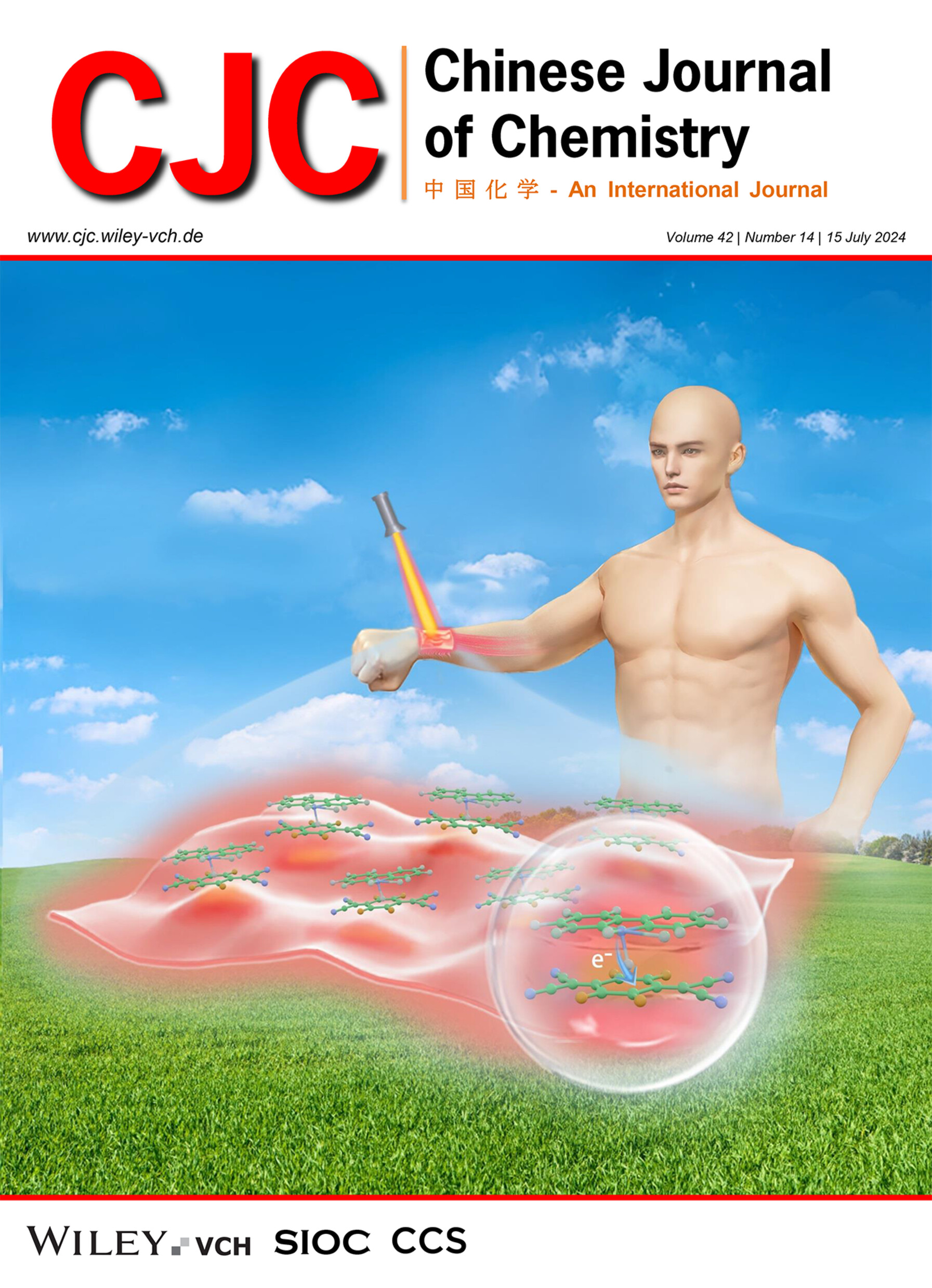
The organic cocrystal strategy has provided a convenient and efficient platform for preparing organic photothermal materials. Charge transfer interactions play an important role in broadening the absorption range and improving the photothermal properties. Consequently, enhancing charge transfer interaction is an effective way to prepare NIR-II organic photothermal cocrystals with low phototoxicity and limited light scattering, and it is conducive to the application in the wearable field. More details are discussed in the article by Zhang et al. on page 1563—1570.
Back Cover
Back Cover
- Page: 1668
- First Published: 15 June 2024
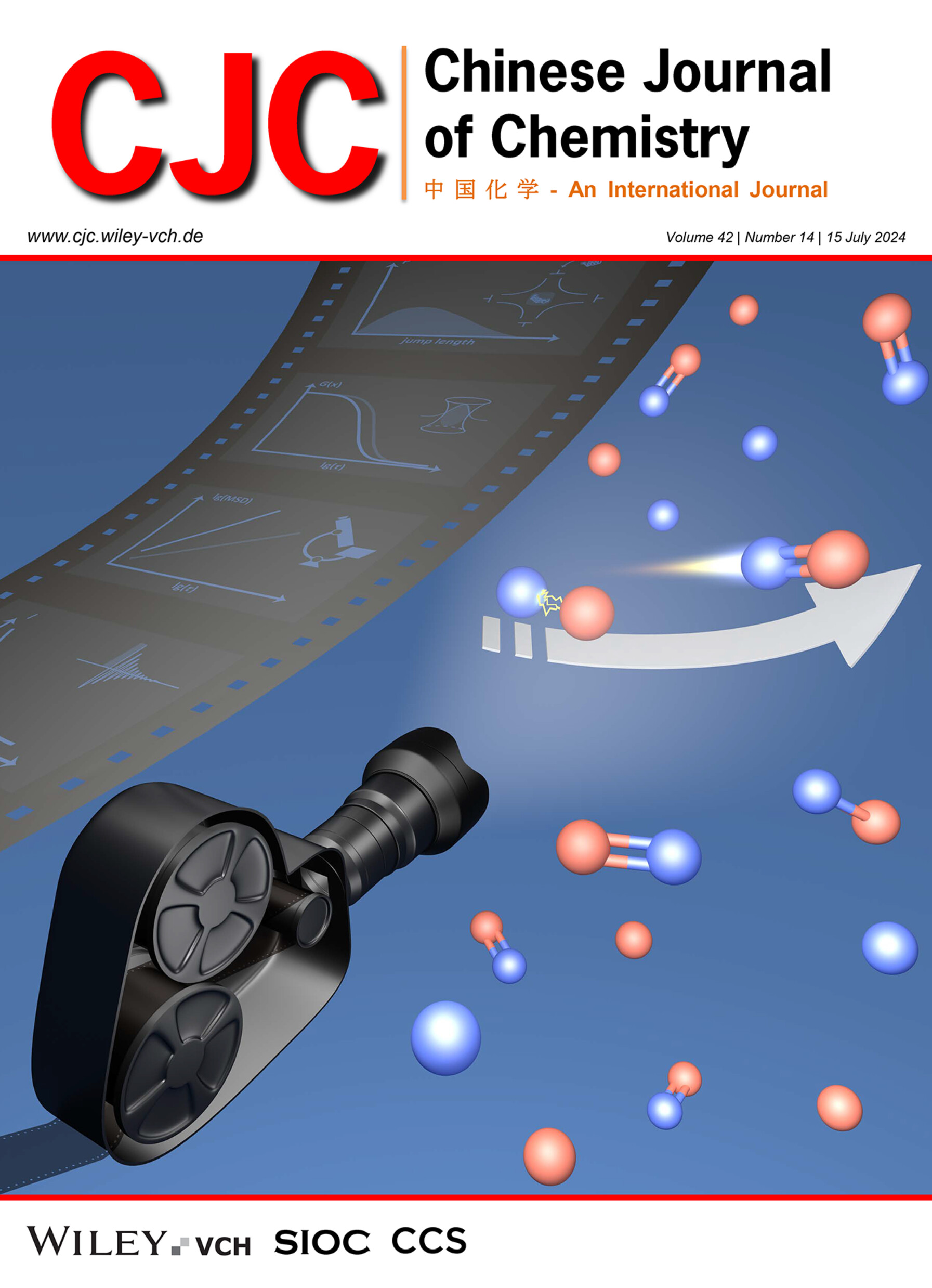
Recent results observed enhanced diffusion in enzymatic and small molecular reactions, challenging the classic paradigm. The breakdown of chemical bonds and molecular diffusion may be related, which were often considered orthogonal for their different time scales. We summarize experimental studies and seek to reconcile the controversial interpretations with an understanding of the limits of measurement tools and the chemical nature of reaction systems. More details are discussed in the article by Wang et al. on page 1659—1664.










